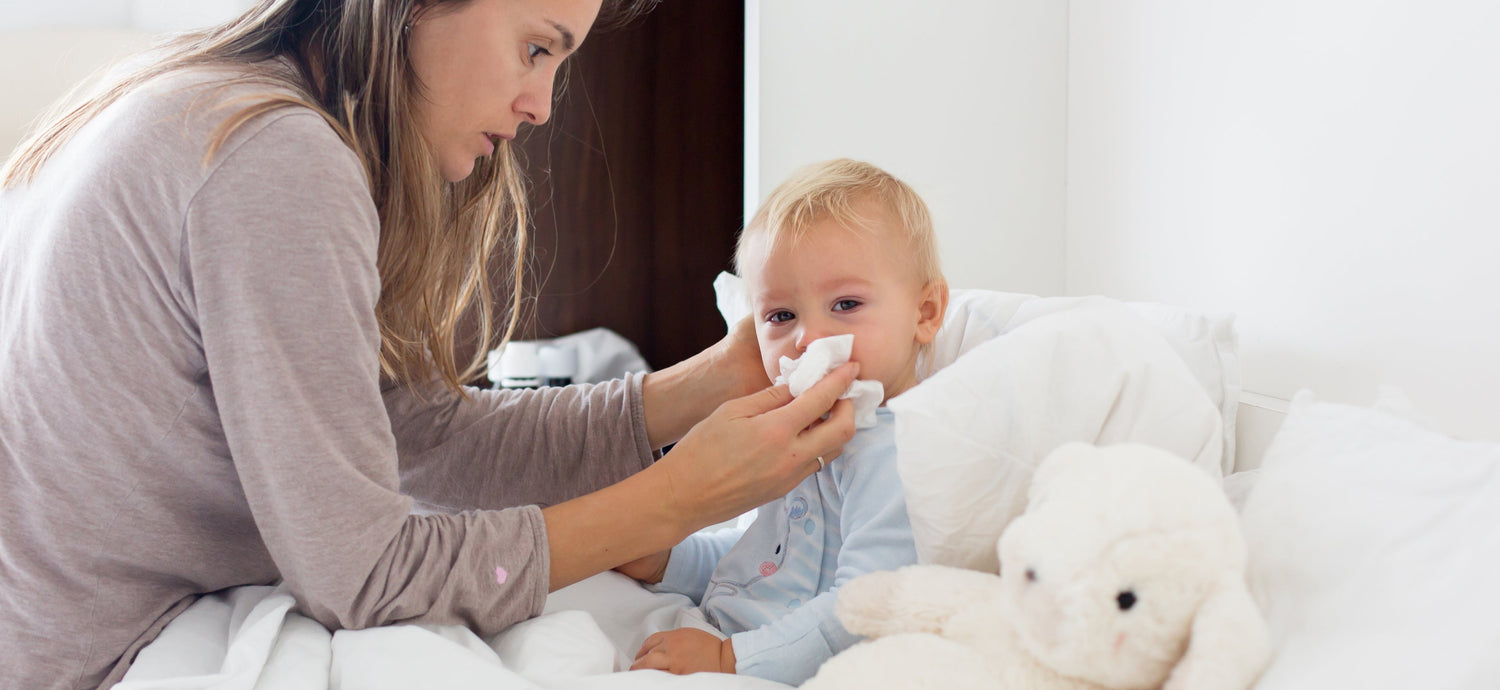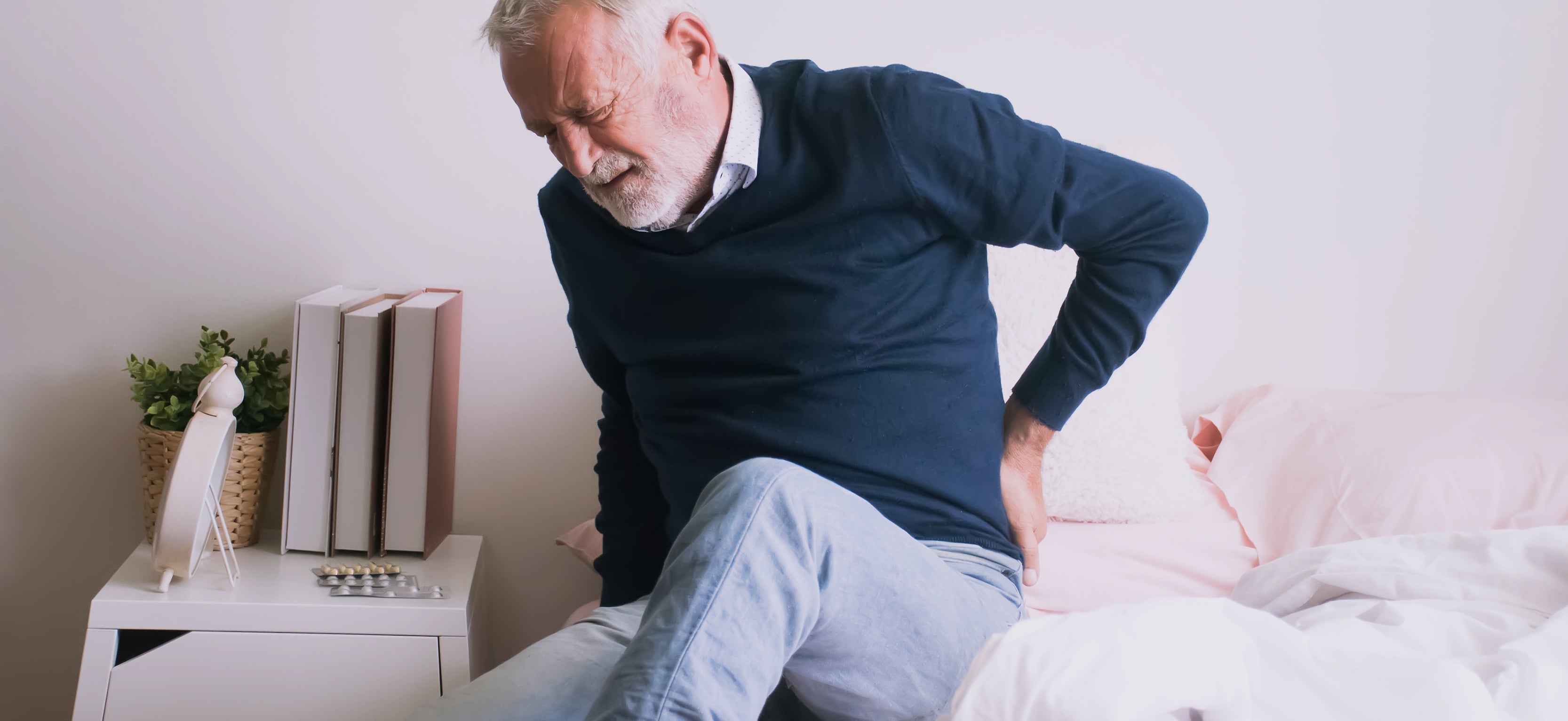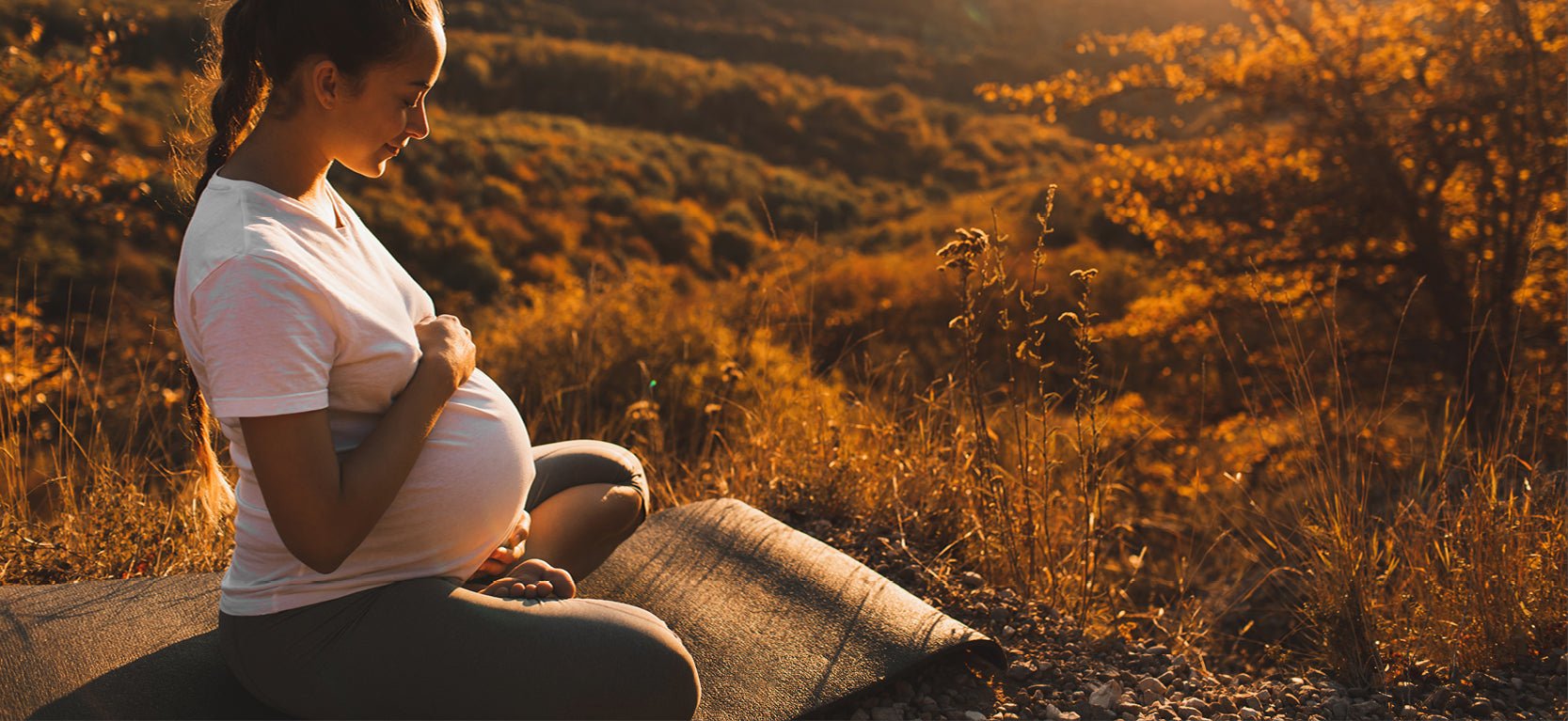First and foremost, this is not your fault.
Please be kind to yourself. COVID, particularly the incredibly infectious omicron, can hit your family, no matter how ‘careful’ or ‘safe’ you are. If you and your family are diagnosed with COVID you have not failed.
ARE KIDS GETTING REALLY ‘SICK’? ARE THERE MANY KIDS IN HOSPITAL WITH COVID?
The rate of COVID in babies and children (and adults) is surging. The rates of babies and children that are seriously unwell with covid remain very low.
Reassuringly, most children who get COVID have a mild infection that resembles a common cold or flu. Children with some underlying medical conditions such as obesity, chronic heart, lung or neurological problems might be at slightly higher risk of getting quite sick.
COVID can be a serious illness for older people, however in children, the infection is usually mild, and the need to stay in hospital is rare. Very few children with COVID get sick enough to need hospitalisation.
WHAT ARE THE SYMPTOMS OF COVID IN BABIES AND CHILDREN?
These symptoms are like ones present in other respiratory viruses.
They are:
- Fever
- Runny nose
- Cough
- Sore throat
- Fatigue
- Headache
- Irritability
- Loss of appetite
- Breathing difficulties
- Vomiting, diarrhoea
- Poor oral intake and dehydration
Symptoms might come on very quickly and might last 2-7 days. Recovery from symptoms like fatigue and cough might take several weeks depending on how severe the illness has been.
MY CHILD HAS JUST BEEN DIAGNOSED WITH COVID, WHAT SHOULD I DO?
Please don’t panic.
I know it's a very stressful time but please remember, COVID in kids is like a normal cold or virus. Please try not to be freaked out just because its COVID.
There’s currently no specific treatment for COVID-19 that can make it go away more quickly.
If your child is diagnosed with COVID and is uncomfortable, you may treat them as you would with any cold or flu.
Here are my top tips for caring for a child with COVID at home:
- Encouraging fluids and rest. As with any virus, the body needs to rest to recover.
- Infants may need to feed smaller amounts, more frequently. Feeding less and more frequently reduces the change of them vomiting, and it's easier for the little ones. Fluids are your absolute priority and if they don't eat food for a couple of days, thats ok.
- Ensure that the child is drinking at least 50% of their normal fluid intake. Foods such as yoghurt, watermelon, jelly are great and are counted as fluids. Ensure that their wet nappies are more than 50% of their usual amount. This can be difficult to gauge but roughly.
- Administer Paracetamol and/or Ibuprofen to increase their comfort levels. If your child doesn't want to drink, give them pain relief (it's safe to give both at the same time if they are over 3 months) to decrease discomfort and increase their chances of drinking.
- For little babies, pop a couple of saline drops (or saline spray) for a blocked nose. This is beneficial before a feed, so that the baby can feed a lot more effectively.
SO, WHAT SHOULD I DO? WHEN SHOULD I SEE A DOCTOR?
Most children that have COVID can be safely managed at home. Remember a tiny percentage of children require a trip to hospital or a hospital admission.
- Contact your GP or seek medical care if there is worsening of symptoms or if you are concerned.
- You can contact theCoronavirus Health Information Lineon 1800 020 080 or Healthdirecton 1800 022 222 for more information about COVID.
- If your child is very unwell, you can call an ambulance or take them to hospital at any time. It is preferable if you ring ahead, if someone is COVID positive.
Contact your doctor or seek medical care at a hospital if your child experiences worsening of symptoms and if you are increasingly concerned.
Examples include:
- Working hard to breathe, with fast breathing or long pauses in between breaths.
- Very sleepy, difficult to wake or confused.
- Signs of dehydration, such as less than 50% of normal fluid intake or less than 50% of normal wet nappies.
- Severe chest or abdominal pain that doesn’t go away after pain relief.
- Persistent dizziness or headache in older children
- Persistent fever lasting more than five days, or a fever in a baby under three months of age.
- Pain/swelling in the legs.
It's important to remember that looking after yourself and your own health is important, in order to care for your child.
If you found this information helpful, please share with your family and friends.
Take care.
References-
Ambulance Victoria- https://lsv.com.au/wp-content/uploads/Tip-Sheet-Children-and-COVID-19_V2.pdf
Royal Children’s Hospital- https://www.rch.org.au/kidsinfo/fact_sheets/Coronavirus_COVID-19/
Raising Children Network- https://raisingchildren.net.au/guides/a-z-health-reference/coronavirus-and-children-in-australia





Leave a comment
All comments are moderated before being published.
This site is protected by hCaptcha and the hCaptcha Privacy Policy and Terms of Service apply.